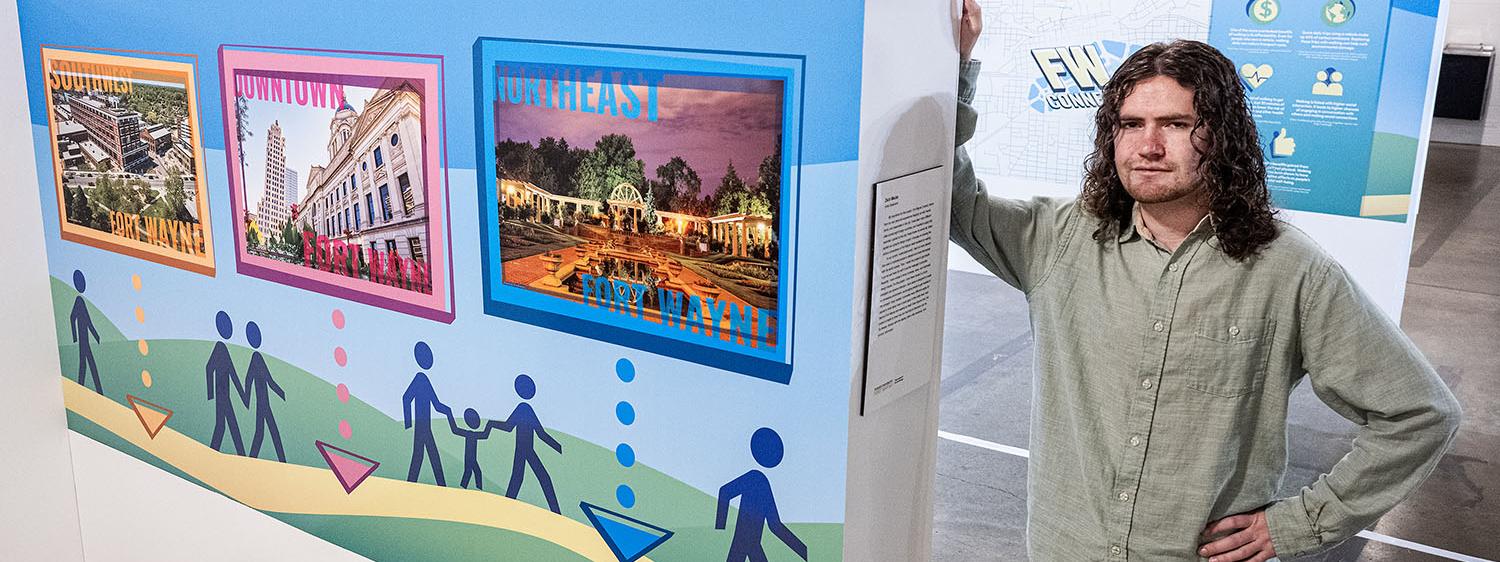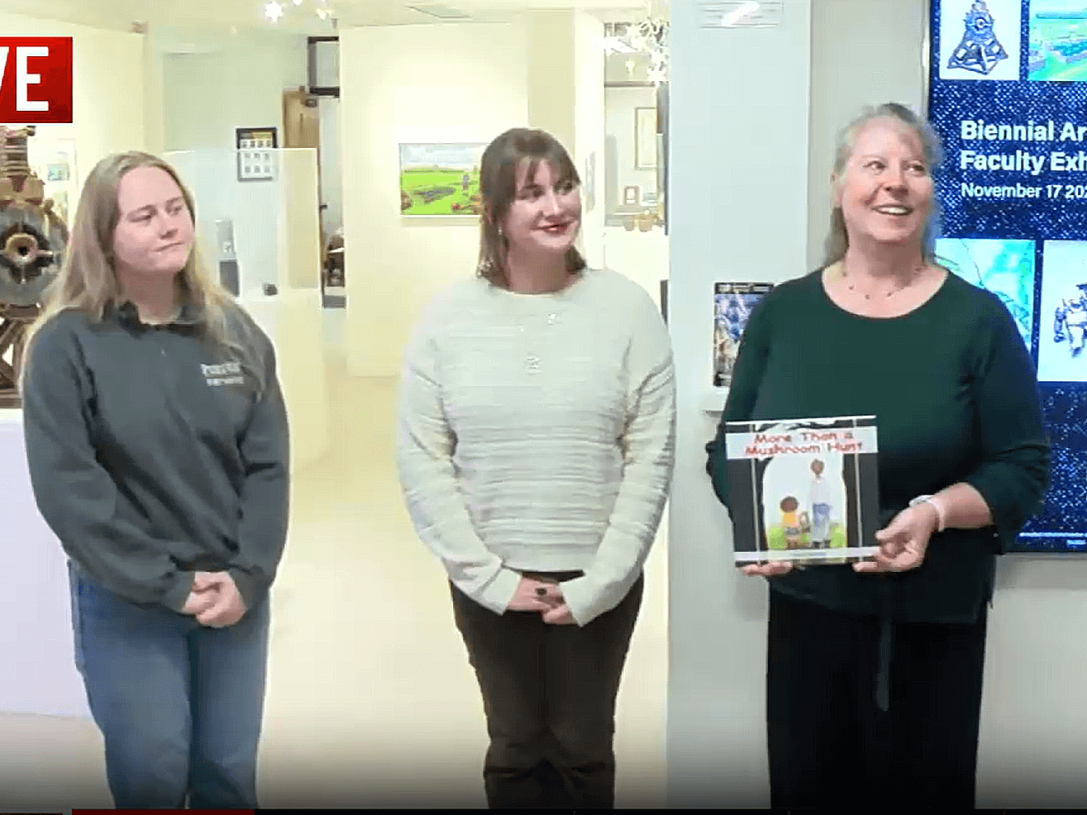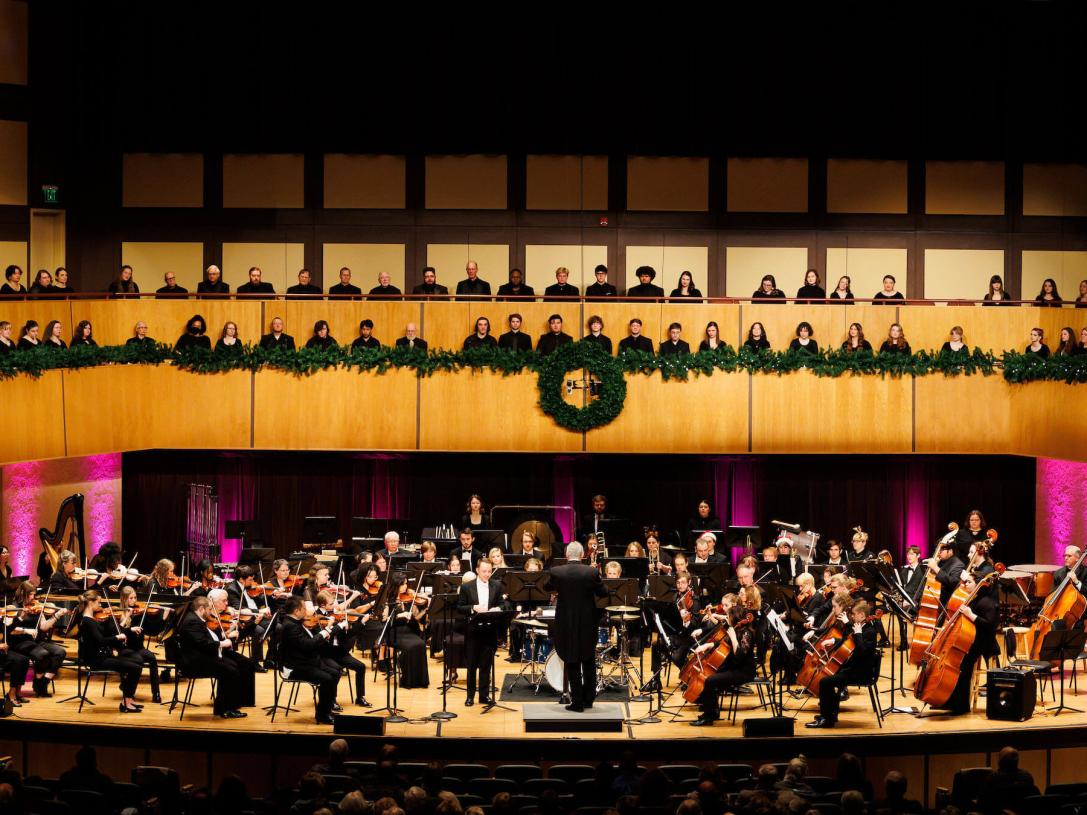
PFW alum builds website to help newcomers find Fort Wayne in stride
By Blake Sebring
July 24, 2025
A couple of years ago, as Zachary Macke worked a front desk in Student Housing on the Waterfield Campus, he often heard students complain there was nothing to do in Fort Wayne. Macke wondered to himself, “Really? Have you tried to see what’s out there?”
The more he thought about it, Macke began to realize that even though Fort Wayne does a pretty good job promoting itself, newcomers may have difficulty knowing where to go to learn what’s out there. As part of his studies at Purdue University Fort Wayne, he decided to create something that could help.
Recently graduating with a bachelor’s in fine arts, the new alumnus spent more than 800 hours of his senior year creating the website FortWayneConnect.org. His project proposed, what if it’s possible to take a 5,000-foot overview of Fort Wayne neighborhoods and show how pedestrians can walk to various highlighted locations? Could that help the city promote walkability and foot traffic while offering low-cost options?
Though just in the early stages of its evolution, John O’Connell, dean of the College of Visual and Performing Arts, was so impressed that he invited representatives of Visit Fort Wayne to check out Macke’s work during a gallery presentation at Blue Jacket, Inc.
“I asked Kristen Guthrie, the vice president of marketing, to come see Zach’s project because his virtual tour of Fort Wayne was similar to other virtual tours that Visit Fort Wayne provides via its website,” O’Connell said. “I thought the depth was rather extraordinary and wanted someone to see how his work could be adopted. Kristen agreed and was extremely impressed with the project and its immediate application.”
Guthrie said she loved the special touches Macke included, such as street banners, a fold-out map, and stickers.
“The really professional touches made the campaign come to life,” Guthrie said. “It was a delight to see Zach’s project, which looked like something you might see in use in Fort Wayne. His use of color and design to communicate neighborhood branding was impressive, and the website was very professional and usable.
“So much thought was put into the user experience—I could easily see people wanting to be a part of the program.”
Macke’s presentation splits the city into four geographical locations and the downtown area, utilizing main, secondary, and tertiary streets while also marking parks, trails, and pedestrian areas. Essentially, Macke has taken the brochures of local highlights found in places like hotel lobbies and turned them into a website.
“I think making those kinds of connections is very important to encourage people to actually explore the city and connect with it,” Macke said. “The idea was this would be able to fit in seamlessly with Fort Wayne’s current, established situation, including work and branding. Maybe this is a way of drawing you in to see what is out there.”
To further illustrate his vision, Macke explained how his website can point people in various directions using street signs identified by squares, circles, and diamonds; restaurant or key location mentions; banners; and pictures posted on the outside of construction sites. The content could also be used for directions.
“But you don’t want to always be on your phone when you are walking around, right?” Macke said.
The entire plan might be interesting to established Fort Wayne residents, Macke said, but it could be vital to the younger generations the city is trying to attract, particularly to those who want to know more about what is available in the immediate area they may consider moving into.
“Do you cater to the people that you have, or do you want to make it walker-friendly, even if there aren’t a lot of people walking right now?” Macke said. “I didn’t want this to be like, `Oh, this is something like could happen in the distant future. Even with our current infrastructure, this is something that we can do now. We have so many great places to explore right now.”
As an example, Macke pointed out how few people at PFW realize that the St. Joe Pathway, part of the Fort Wayne Trails network, connects campus to Johnny Appleseed Park across the river and behind the Memorial Coliseum.
“If you never know what you weren’t told, you can’t relate for yourself,” Macke said. “I feel like students who just get here to Fort Wayne, or even those who have lived here their whole life, have rarely bothered to look outside their own bubble. This could be one free way to do that.”




